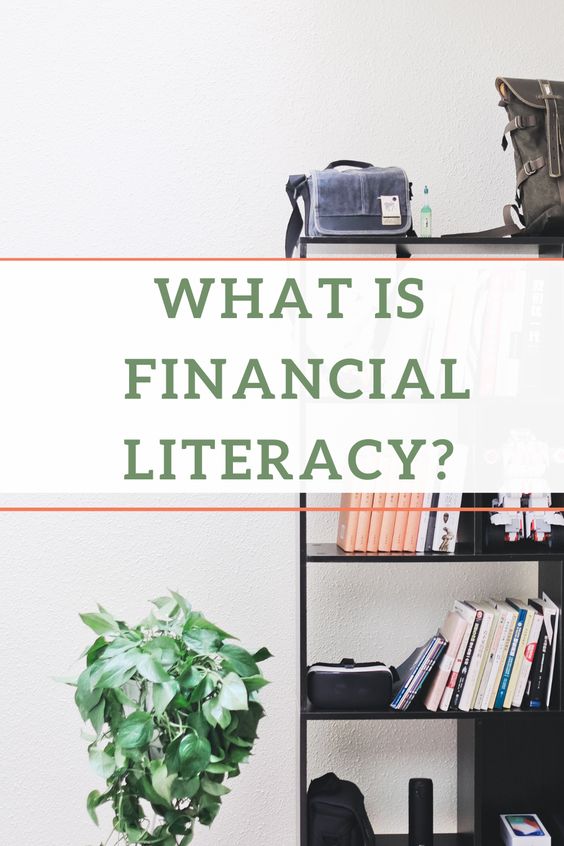In today’s fast-paced and ever-evolving world, it is more important than ever to equip our youth with the proper tools to navigate through the complex realm of personal finance. As a middle school teacher, I have made it my mission to educate students on financial literacy in a way that not only instills knowledge but also stays with them for years to come. In this article, I will share my methods for creating a lasting impact on my middle school students.
1. Start with the basics
Before diving into any complicated financial concepts, I always begin by building a solid foundation of basic financial principles. Some concepts that I emphasize include: budgeting, saving, understanding expenses, and distinguishing between needs and wants. Once students grasp these fundamental ideas, they can build upon this knowledge by exploring more complex topics such as investing and debt management.
2. Make it interactive and fun
To ensure that my students truly engage with the material being presented, I focus on incorporating interactive activities and games into our lessons. Financial literacy does not have to be dull or boring! By making concepts relatable and fun, students will be more likely to retain information through experiential learning. Examples of interactive activities include budget simulations, stock market games, and financial decision-making exercises.
3. Utilize real-life scenarios
One of the most effective ways to teach financial literacy is by illustrating how key concepts are utilized in real-life situations. This helps students understand the practicality of these lessons in their everyday lives. By demonstrating how budgeting can help them save for future purchases or why understanding debt is crucial for making responsible decisions, they can develop a deeper appreciation for the importance of financial planning and responsibilities.
4. Involve parents in the process
Teaching financial literacy does not solely rely on what is covered in the classroom – it also requires reinforcement from home. I encourage parents to discuss financial matters with their children, possibly by giving them an allowance and encouraging responsible spending habits. Working together as a team helps solidify the foundation of financial education and prepares students for a future of making sound financial choices.
5. Continual reinforcement and application
Financial literacy is an ongoing process, not a one-time lesson. As a teacher, I aim to continuously incorporate financial principles in my daily lessons across various subjects. For example, when teaching math, I often include word problems focused on budgeting or investment returns to keep these concepts fresh in students’ minds.
By combining these strategies, I have discovered a winning formula for imparting lasting financial literacy knowledge to my middle school students. Through engaging lessons, real-life examples, parental involvement, and ongoing reinforcement, my students are armed with the tools they need to navigate their financial futures with confidence and success.



